The Impact of Industrialization on Urbanization
Industrialization has had a profound impact on the urbanization process, fundamentally altering the landscape of cities and reshaping the way people live and work. As industries boomed and technology advanced, urban areas experienced a surge in growth and development, attracting a wave of migrants seeking employment opportunities and a better quality of life.
The economic transformation brought about by industrialization played a pivotal role in driving urban economic growth. Factories sprang up, creating job opportunities and attracting investments that fueled the expansion of urban centers. This influx of economic activity not only boosted the local economy but also transformed the urban landscape, giving rise to bustling cityscapes teeming with life and commerce.
Infrastructure development emerged as a key component of urbanization, with industrialization playing a central role in shaping urban infrastructure. The construction of factories, transportation networks, and utilities became essential to support the growing urban populations. As cities expanded, the need for efficient infrastructure became increasingly crucial to sustain the demands of a burgeoning urban society.
One of the most significant consequences of industrialization on urbanization was the shift in urban migration patterns. The lure of employment opportunities in industrial centers prompted a massive influx of rural dwellers into cities, leading to rapid urbanization and the concentration of populations in urban areas. This migration wave reshaped the demographic makeup of cities and fueled their unprecedented growth.
Social changes swept through urban communities as industrialization took hold, influencing various aspects of daily life. Changes in lifestyle, education, healthcare, and social interactions became prevalent as urbanization trends reshaped the fabric of society. The dynamics of urban living evolved, creating new opportunities and challenges for residents adapting to the fast-paced urban environment.
As industrialization progressed, environmental challenges emerged as a pressing concern for urban areas. Pollution, resource depletion, and urban sprawl became prominent issues affecting the quality of life in cities. Efforts to address these environmental challenges through sustainable urban planning and development practices became essential to mitigate the negative impacts of industrialization on the urban environment.
Technological advancements driven by industrialization revolutionized urban areas, paving the way for innovations in infrastructure, communication, and automation. Cities became hubs of technological progress, embracing new tools and systems to enhance efficiency and connectivity within urban environments. The integration of technology into urban planning and development became a hallmark of modern cities adapting to the demands of industrialization.
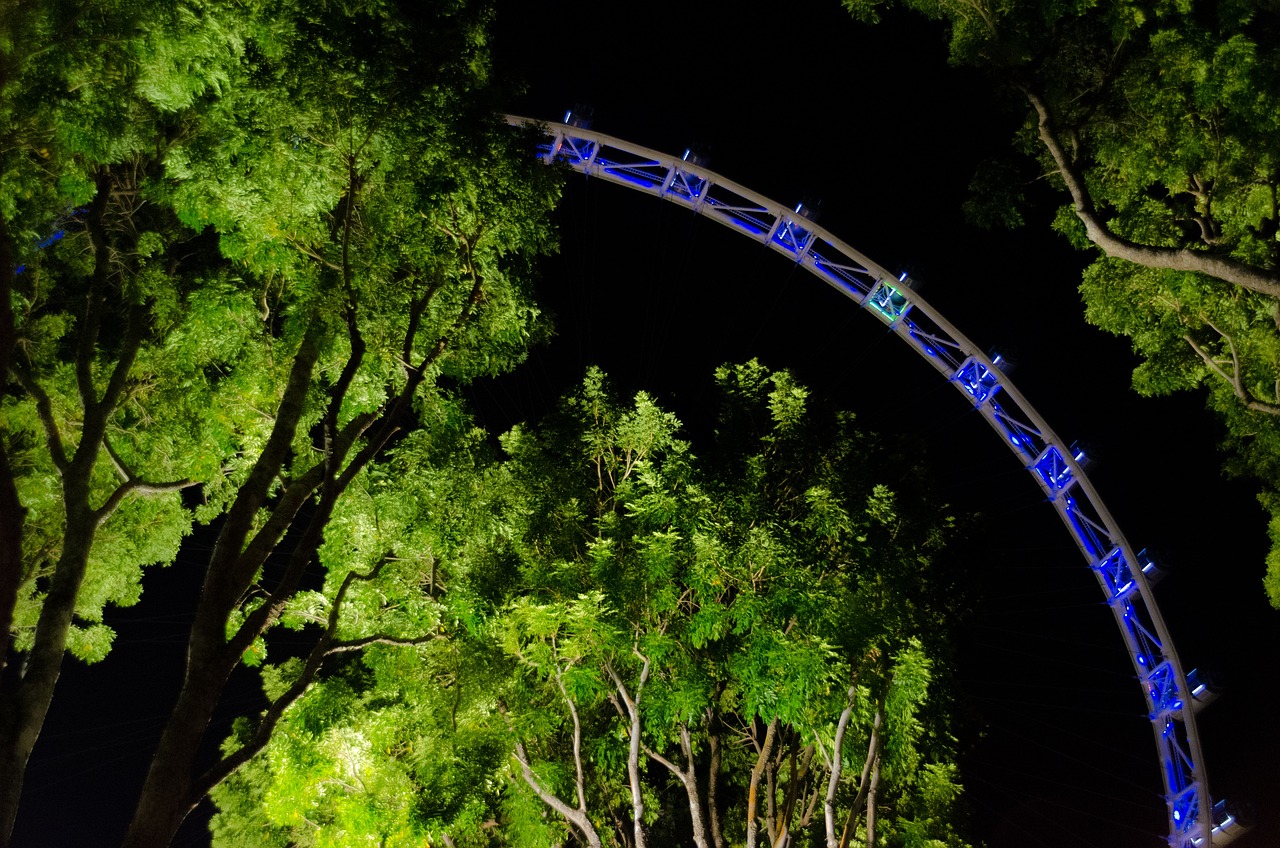
Economic Transformation
Exploring how industrialization has influenced the growth and development of urban areas, shaping their infrastructure, economy, and social dynamics over time.
Examining how industrialization has driven urban economic growth, creating job opportunities and attracting investments that have transformed urban landscapes.
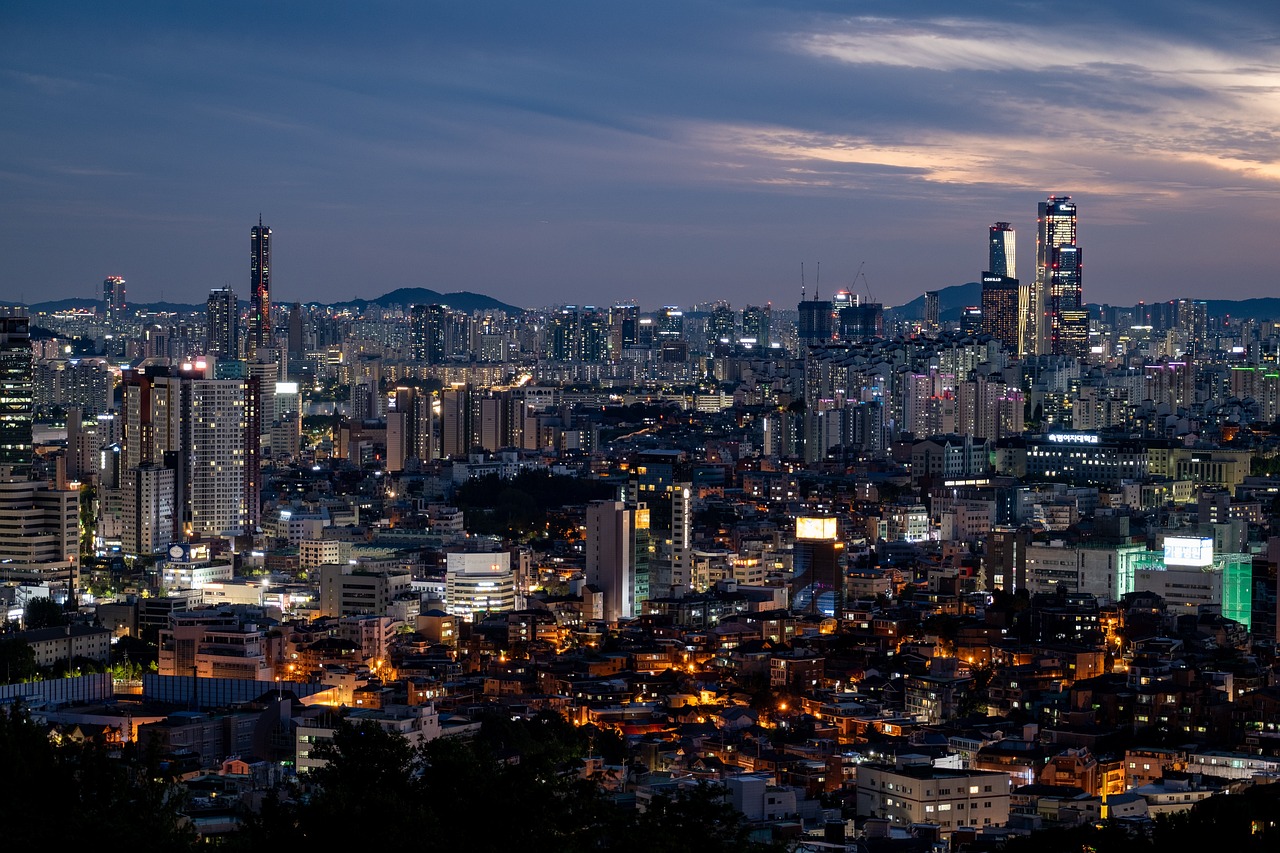
Infrastructure Development
Exploring how industrialization has influenced the growth and development of urban areas, shaping their infrastructure, economy, and social dynamics over time.
Examining how industrialization has driven urban economic growth, creating job opportunities and attracting investments that have transformed urban landscapes.
Industrialization plays a pivotal role in shaping the infrastructure of urban areas. The construction of factories, transportation networks, and utilities is vital to support the growing urban populations. Factories are like the heart of a city, pumping out goods and services that fuel the economy. These structures not only provide employment opportunities but also contribute to the overall development and functionality of urban centers.
Investigating how industrialization has fueled rural-to-urban migration, leading to the rapid expansion of cities and the concentration of populations in urban centers.
Industrialization brings about significant social changes within urban communities. From lifestyle adjustments to improvements in education and healthcare services, the urbanization trends influenced by industrial growth have a profound impact on how people live and interact in cities. It's like a symphony of progress, with each note representing a different aspect of societal evolution.
Discussing the environmental consequences of industrialization on urban areas, such as pollution, resource depletion, and urban sprawl affecting the quality of life in cities.
Highlighting the importance of urban planning in managing the effects of industrialization on urbanization. Zoning regulations, green spaces, and sustainable development practices are crucial elements in creating harmonious and livable urban environments amidst the rapid industrial growth.
Examining how industrialization has driven technological innovations in urban areas, leading to advancements in infrastructure, communication, and automation within city environments.

Urban Migration Patterns
Exploring how industrialization has influenced the growth and development of urban areas, shaping their infrastructure, economy, and social dynamics over time.
Examining how industrialization has driven urban economic growth, creating job opportunities and attracting investments that have transformed urban landscapes.
Analyzing the role of industrialization in shaping urban infrastructure, including the construction of factories, transportation networks, and utilities to support urban populations.
Urban migration patterns are a crucial aspect of urbanization influenced by industrialization. As industries flourish in urban areas, drawing people from rural regions seeking employment and better living conditions, cities experience a significant influx of population. This migration not only alters the demographic composition of urban centers but also impacts the demand for housing, services, and infrastructure.
Exploring the social impact of industrialization on urban communities, including changes in lifestyle, education, healthcare, and social interactions influenced by urbanization trends.
Discussing the environmental consequences of industrialization on urban areas, such as pollution, resource depletion, and urban sprawl affecting the quality of life in cities.
Highlighting the importance of urban planning in managing the effects of industrialization on urbanization, including zoning regulations, green spaces, and sustainable development practices.
Examining how industrialization has driven technological innovations in urban areas, leading to advancements in infrastructure, communication, and automation within city environments.
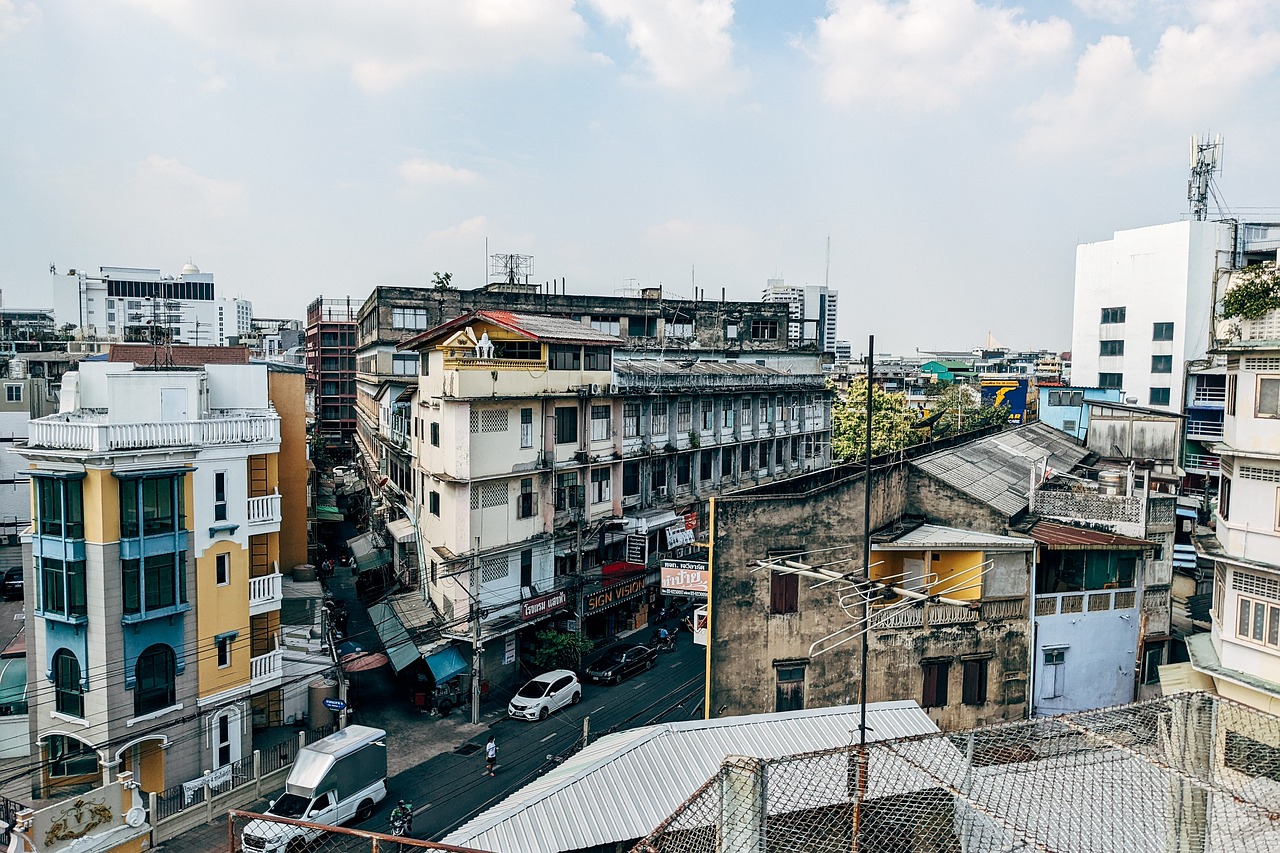
Social Changes
The impact of industrialization on urbanization goes beyond just economic and infrastructural transformations; it deeply influences the social fabric of urban communities. As industries flourish and urban areas expand, a wave of social changes sweeps through the population, reshaping lifestyles and interactions. Imagine a bustling city street, once filled with quaint shops and local vendors, now lined with towering skyscrapers and multinational corporations. This shift not only alters the physical landscape but also brings about a cultural transformation, where traditional values may clash with modern ideologies.
Education plays a crucial role in these social changes, as urbanization opens up new opportunities for learning and skill development. With the rise of industrialization, educational institutions proliferate, offering specialized training to meet the demands of a rapidly evolving job market. This educational revolution not only empowers individuals with knowledge but also drives societal progress by fostering innovation and creativity among urban dwellers.
Healthcare systems also experience significant changes in urban areas influenced by industrialization. The influx of population into cities demands improved healthcare services, leading to the establishment of modern hospitals, clinics, and healthcare facilities. As urbanization accelerates, public health initiatives become paramount, addressing issues such as sanitation, disease prevention, and access to healthcare for all residents.
Moreover, social interactions undergo a metamorphosis in urban settings shaped by industrialization. The once tight-knit communities of rural areas give way to diverse urban populations, fostering interactions among people from different backgrounds and cultures. This cultural mosaic enriches the social landscape of cities, creating a dynamic tapestry of traditions, beliefs, and perspectives that coexist within the urban milieu.
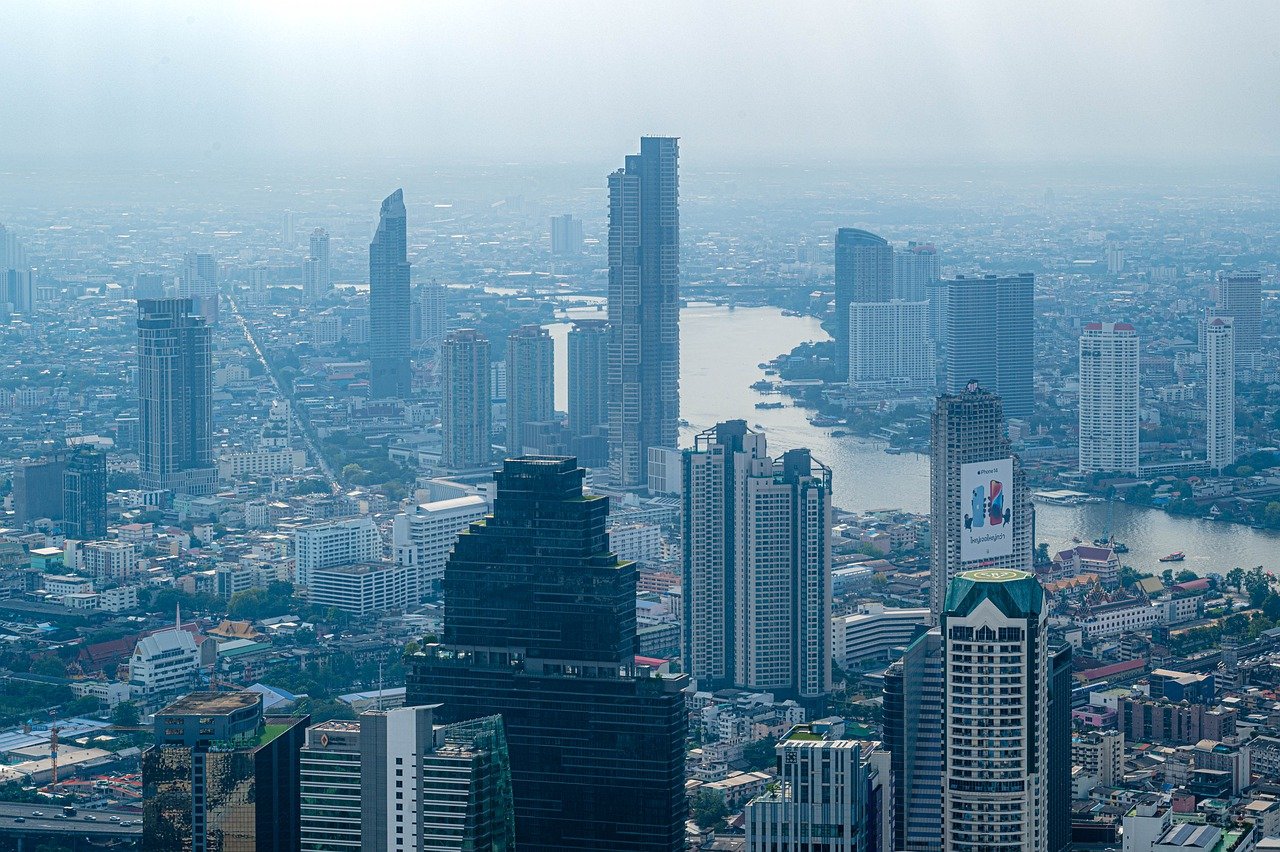
Environmental Challenges
Industrialization has brought about significant environmental challenges in urban areas. The rapid growth of industries and urban populations has led to increased pollution levels, resource depletion, and urban sprawl. Factories emitting pollutants, vehicles releasing harmful gases, and the excessive use of resources have all contributed to the degradation of the environment in cities. The quality of air, water, and soil has been compromised, impacting the health and well-being of urban residents. Additionally, the expansion of urban areas has encroached upon natural habitats, leading to biodiversity loss and ecological imbalances.
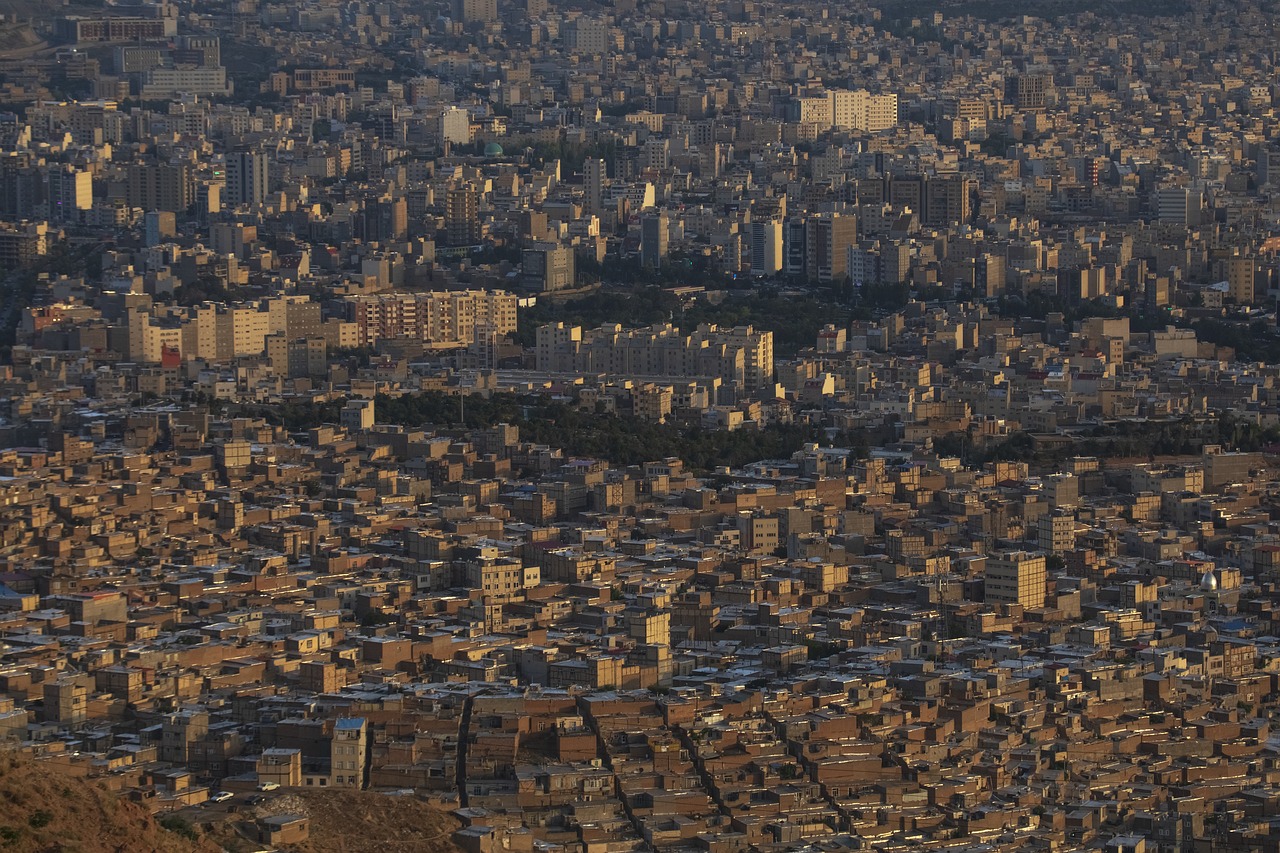
Urban Planning Strategies
Urban planning plays a crucial role in managing the effects of industrialization on urbanization. By implementing effective strategies, cities can address the challenges brought about by rapid urban growth and ensure sustainable development. One key aspect of urban planning is the establishment of zoning regulations, which help designate areas for residential, commercial, and industrial purposes. This helps prevent haphazard development and ensures that urban spaces are utilized efficiently.
In addition to zoning regulations, the creation of green spaces within urban areas is essential for maintaining environmental quality and enhancing the well-being of city residents. Parks, gardens, and recreational areas not only provide aesthetic value but also contribute to improved air quality, biodiversity, and overall quality of life in urban settings. Urban planners need to prioritize the preservation and creation of green spaces to mitigate the negative impacts of industrialization.
Sustainable development practices are another critical component of urban planning strategies in the context of industrialization. By promoting sustainable infrastructure, energy-efficient buildings, and waste management systems, cities can reduce their environmental footprint and enhance resilience to future challenges. Embracing sustainability in urban planning ensures that cities can continue to thrive economically while minimizing negative impacts on the environment.
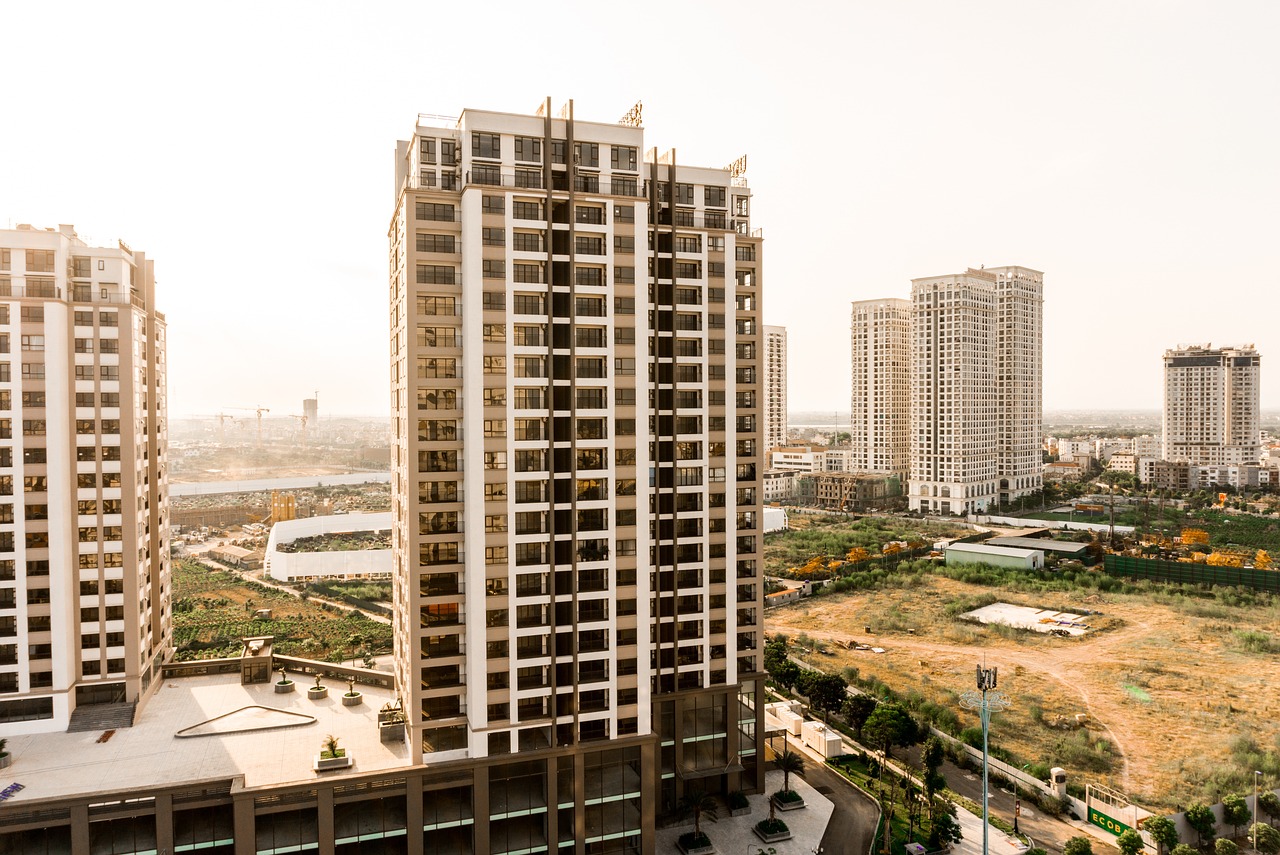
Technological Advancements
In the realm of urban development, technological advancements play a pivotal role in shaping the modern landscape of cities. The fusion of industrialization and technology has given rise to a wave of innovation that has revolutionized urban living. From smart infrastructure to digital connectivity, cities have become hubs of technological marvels that enhance the quality of life for residents.
One of the most notable technological advancements spurred by industrialization is the development of smart cities. These urban centers are equipped with interconnected sensors and devices that gather data to improve efficiency and sustainability. Smart grids manage energy consumption, while smart transportation systems optimize traffic flow, reducing congestion and emissions. Such innovations not only streamline urban operations but also pave the way for a more sustainable future.
Furthermore, industrialization has catalyzed the evolution of communication technologies within cities. The proliferation of high-speed internet, mobile connectivity, and digital platforms has transformed how people interact, work, and access services in urban environments. This digital revolution has blurred the boundaries between physical and virtual spaces, creating a seamless integration of technology into daily urban life.
Automation is another key technological advancement driven by industrialization in urban areas. Robotics and artificial intelligence are revolutionizing industries, enhancing productivity, and reshaping the urban workforce. From automated manufacturing processes to self-driving vehicles, cities are embracing automation to streamline operations and improve efficiency. This shift towards automation not only boosts economic growth but also presents new opportunities for innovation and creativity.
In conclusion, the marriage of industrialization and technological advancements has transformed urban landscapes into dynamic hubs of innovation and progress. As cities continue to evolve, embracing the latest technologies will be crucial in addressing urban challenges and creating sustainable, resilient communities for future generations to thrive.
Frequently Asked Questions
- What is the relationship between industrialization and urbanization?
The relationship between industrialization and urbanization is significant. Industrialization, with its focus on mass production and economic growth, has led to the rapid expansion and development of urban areas. The influx of industries and job opportunities in urban centers has attracted people from rural areas, resulting in increased urbanization.
- How has industrialization impacted urban infrastructure?
Industrialization has played a crucial role in shaping urban infrastructure. It has led to the construction of factories, transportation networks, and utilities to support the growing urban population. This development has transformed the physical landscape of cities, making them more interconnected and accessible.
- What are the social changes brought about by industrialization in urban communities?
Industrialization has brought about significant social changes in urban communities. It has influenced lifestyle choices, education systems, healthcare facilities, and social interactions within urban areas. The concentration of populations in cities has led to the emergence of diverse cultural practices and social dynamics.
- How does industrialization contribute to environmental challenges in urban areas?
Industrialization has contributed to various environmental challenges in urban areas, including pollution, resource depletion, and urban sprawl. The rapid industrial growth in cities has put a strain on natural resources and led to increased pollution levels, impacting the quality of life for urban residents.
- Why is urban planning crucial in managing the effects of industrialization on urbanization?
Urban planning is essential in managing the effects of industrialization on urbanization. It helps in creating sustainable development practices, implementing zoning regulations, and preserving green spaces within cities. Effective urban planning can mitigate the negative impacts of industrialization on urban areas.



















